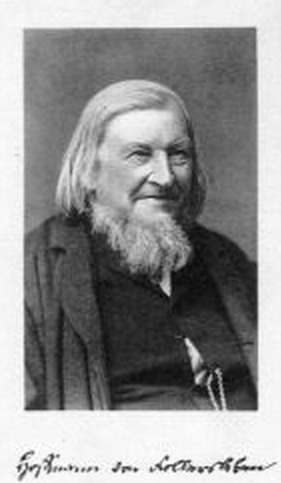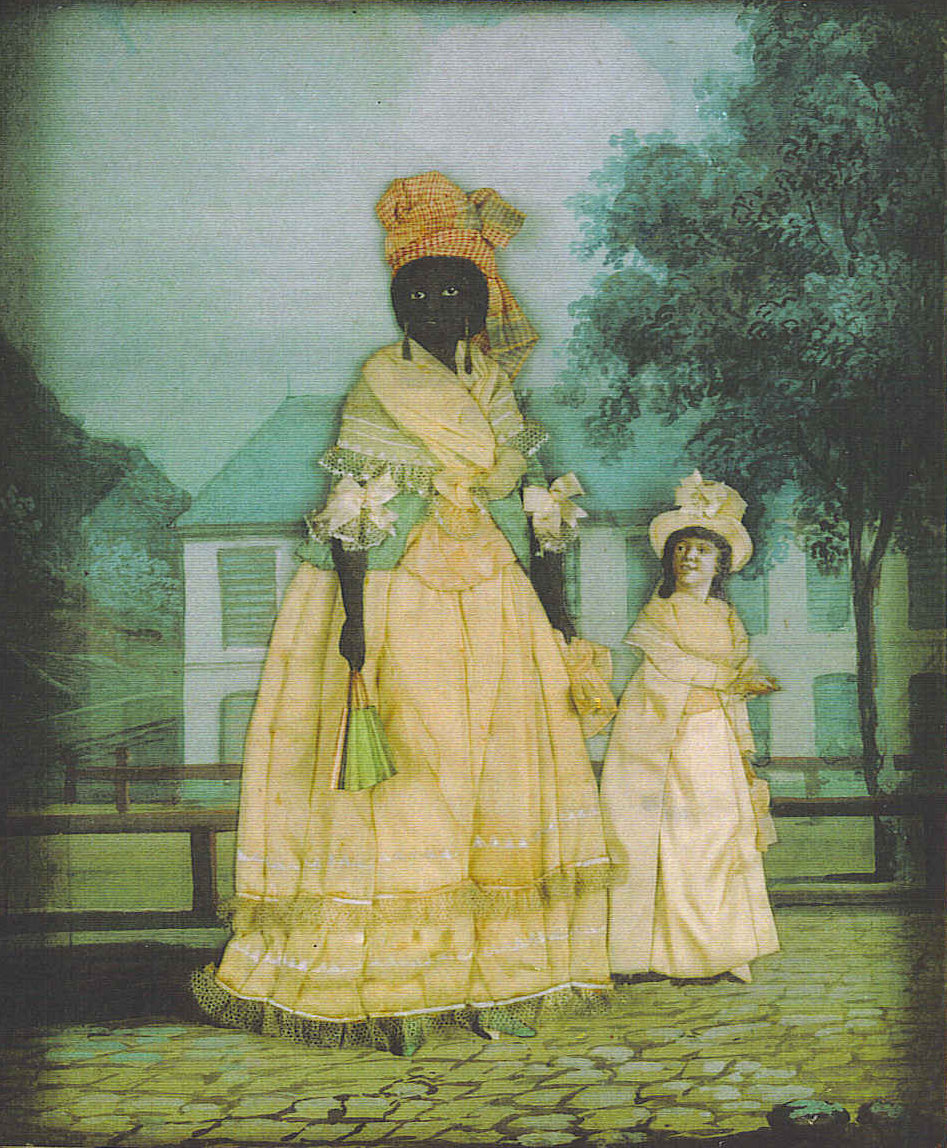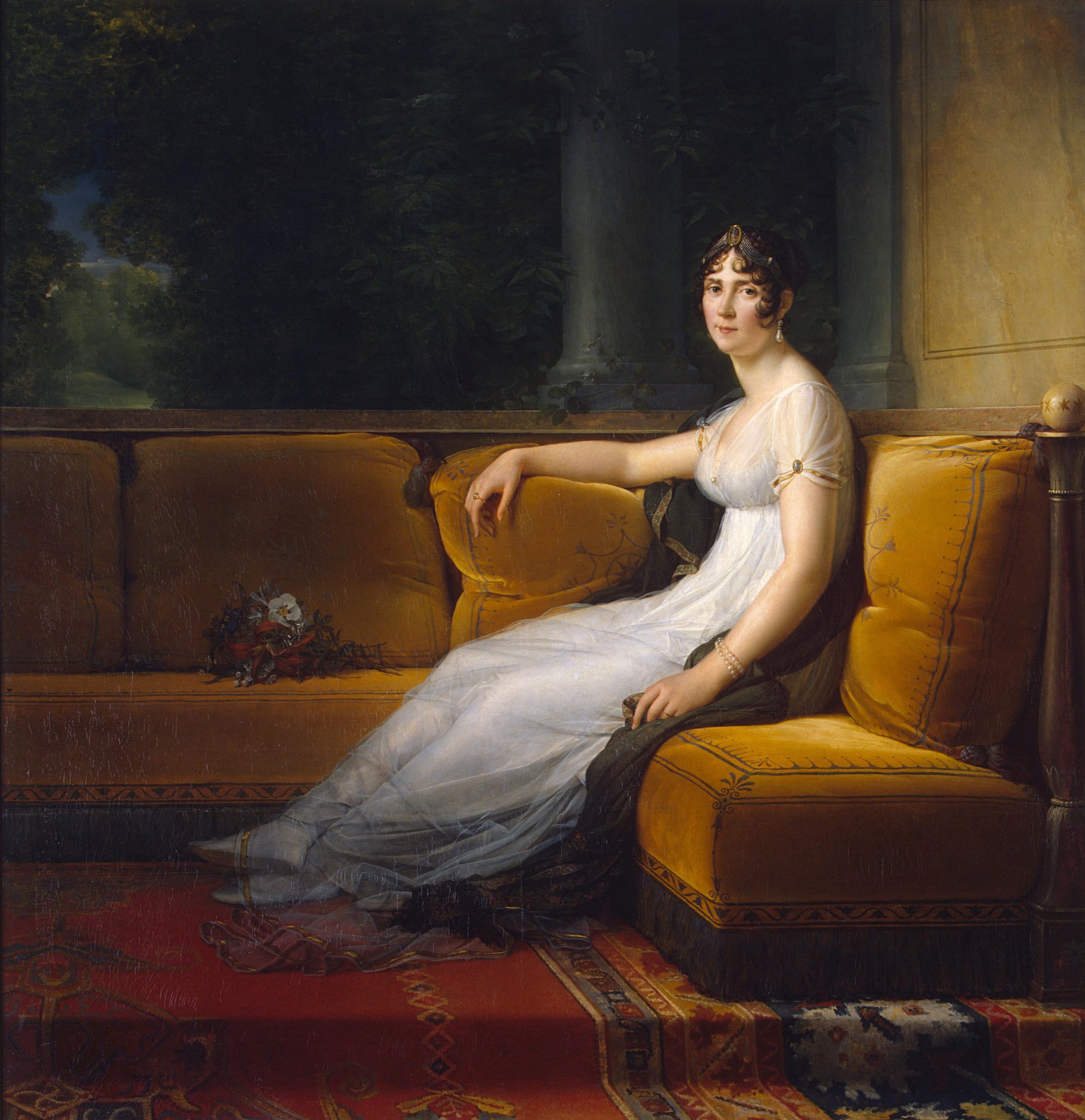|
Valcour Aime
François-Gabriel "Valcour" Aime (1797–1867) was a slave owner, sugar planter, philanthropist, and pioneer in the large-scale refining of sugar. Known as the "Louis XIV of Louisiana," he was reputedly the wealthiest person in the South. Aime owned a plantation in Vacherie, Louisiana, called the St. James Refinery Plantation, but it became known as ''Le Petit Versailles'' due to its opulence. (The plantation mansion burned down in 1920.) Biography François-Gabriel was born in 1797 in St. Charles Parish, Louisiana at the Aime Plantation, to François-Gabriel Aime II (1768-1799) and Marie Félicité Julie Fortier (1778-1806). He was called Valcour by his nurse as a baby and was known by that name for the rest of his life. His father died when he was two years old and his mother six years later. Aime was placed in the charge of his maternal grandfather, Michel Fortier (1750-1819), who raised him. In 1795, Étienne de Boré had succeeded in granulating sugar and making sugar cane ... [...More Info...] [...Related Items...] OR: [Wikipedia] [Google] [Baidu] |
Jacques Amans
Jacques Guillaume Lucien Amans (1801–1888) was a French Neoclassicism, neoclassical portrait painter working in New Orleans in the 1840s and 1850s.Gerdts, William H., Art Across America, River Cross Press (Abbeville Press), Vol II, p. 94, 1990. (flyleaf). Amans was born in Maastricht, a French city at the time. His father, Paul Serge Amans, was born in Narbonne in 1765, was a French officer (Capitaine-Adjudant de place de 1ère classe à Maastricht) of Napoléon. He was trained in the French neoclassical tradition of portraiture, and exhibited at the Paris Salon from 1831 to 1837. News of fellow-artist Jean Joseph Vaudechamp’s good fortune in finding patrons probably led Amans to visit Louisiana, given that the two artists traveled on the same ship from France to New Orleans in about 1837. Following Vaudechamp’s departure from Louisiana in 1839, Amans assumed the role as the most celebrated portraitist in Louisiana. In the mid-1840s he married Azoline Landreaux, the daught ... [...More Info...] [...Related Items...] OR: [Wikipedia] [Google] [Baidu] |
Jacques Telesphore Roman
Jacques Telesphore Roman (March 22, 1800 – April 11, 1848) was a 19th-century Louisiana businessman, sugar planter, and builder of the Oak Alley Plantation. Early years Born near Opelousas, Louisiana, the son of Jacques Etienne Roman of Grenoble, France, and Marie Louise Patin, Jacques Telesphore Roman and his family later moved to St. James Parish and engaged in the lucrative sugar trade. As the Roman family achieved greater prominence as leaders in society, their activities alternated between their sugar plantations in St. James Parish and elegant dwellings in New Orleans. Among the latter was the house now known as Madame John's Legacy on Rue Dumaine – which was purchased by Jacques Etienne's widow for herself and her bachelor sons shortly after her husband's death. From here Jacques Telesphore Roman began his courtship of Celina Pilie, whose prominent family lived around the corner on Royal Street. They were married on June 14, 1834. Oak Alley At this point, ... [...More Info...] [...Related Items...] OR: [Wikipedia] [Google] [Baidu] |
1867 Deaths
Events January–March * January 1 – The John A. Roebling Suspension Bridge, Covington–Cincinnati Suspension Bridge opens between Cincinnati, Ohio, and Covington, Kentucky, in the United States, becoming the longest single-span bridge in the world. It was renamed after its designer, John A. Roebling, in 1983. * January 8 – African-American men are granted the right to vote in the District of Columbia. * January 11 – Benito Juárez becomes Mexican president again. * January 30 – Emperor Kōmei of Japan dies suddenly, age 36, leaving his 14-year-old son to succeed as Emperor Meiji. * January 31 – Maronite nationalist leader Youssef Bey Karam leaves Lebanon aboard a French ship for Algeria. * February 3 – ''Shōgun'' Tokugawa Yoshinobu abdicates, and the late Emperor Kōmei's son, Prince Mutsuhito, becomes Emperor Meiji of Japan in a brief ceremony in Kyoto, ending the Late Tokugawa shogunate. * February 7 – West Virginia University is established in Morgan ... [...More Info...] [...Related Items...] OR: [Wikipedia] [Google] [Baidu] |
1798 Births
Events January–June * January – Eli Whitney contracts with the U.S. federal government for 10,000 muskets, which he produces with interchangeable parts. * January 4 – Constantine Hangerli enters Bucharest, as Prince of Wallachia. * January 22 – A coup d'état is staged in the Netherlands ( Batavian Republic). Unitarian Democrat Pieter Vreede ends the power of the parliament (with a conservative-moderate majority). * February 10 – The Pope is taken captive, and the Papacy is removed from power, by French General Louis-Alexandre Berthier. * February 15 – U.S. Representative Roger Griswold (Fed-CT) beats Congressman Matthew Lyon (Dem-Rep-VT) with a cane after the House declines to censure Lyon earlier spitting in Griswold's face; the House declines to discipline either man.''Harper's Encyclopaedia of United States History from 458 A. D. to 1909'', ed. by Benson John Lossing and, Woodrow Wilson (Harper & Brothers, 1910) p171 * March &ndas ... [...More Info...] [...Related Items...] OR: [Wikipedia] [Google] [Baidu] |
Louisiana Historical Association
The Louisiana Historical Association is an organization established in 1889 in Louisiana to collect and preserve the history of Louisiana and its archives. The organization was formed, in part, for the operation of New Orleans' Memorial Hall A memorial hall is a hall built to commemorate an individual or group; most commonly those who have died in war. Most are intended for public use and are sometimes described as ''utilitarian memorials''. History of the Memorial Hall In the aft ..., which was donated to them on January 8, 1891. Their journal, the ''Louisiana History: The Journal of the Louisiana Historical Association'' has been published since 1960. References External links * Organizations established in 1889 History of Louisiana Organizations based in New Orleans {{louisiana-stub ... [...More Info...] [...Related Items...] OR: [Wikipedia] [Google] [Baidu] |
Napoléon I Of France
Napoleon Bonaparte ; it, Napoleone Bonaparte, ; co, Napulione Buonaparte. (born Napoleone Buonaparte; 15 August 1769 – 5 May 1821), later known by his regnal name Napoleon I, was a French military commander and political leader who rose to prominence during the French Revolution and led successful campaigns during the Revolutionary Wars. He was the ''de facto'' leader of the French Republic as First Consul from 1799 to 1804, then Emperor of the French from 1804 until 1814 and again in 1815. Napoleon's political and cultural legacy endures to this day, as a highly celebrated and controversial leader. He initiated many liberal reforms that have persisted in society, and is considered one of the greatest military commanders in history. His wars and campaigns are studied by militaries all over the world. Between three and six million civilians and soldiers perished in what became known as the Napoleonic Wars. Napoleon was born on the island of Corsica, not long aft ... [...More Info...] [...Related Items...] OR: [Wikipedia] [Google] [Baidu] |
Roman Architecture
Ancient Roman architecture adopted the external language of classical Greek architecture for the purposes of the ancient Romans, but was different from Greek buildings, becoming a new architectural style. The two styles are often considered one body of classical architecture. Roman architecture flourished in the Roman Republic and to even a greater extent under the Empire, when the great majority of surviving buildings were constructed. It used new materials, particularly Roman concrete, and newer technologies such as the arch and the dome to make buildings that were typically strong and well-engineered. Large numbers remain in some form across the former empire, sometimes complete and still in use to this day. Roman architecture covers the period from the establishment of the Roman Republic in 509 BC to about the 4th century AD, after which it becomes reclassified as Late Antique or Byzantine architecture. Few substantial examples survive from before about 100 BC, and most ... [...More Info...] [...Related Items...] OR: [Wikipedia] [Google] [Baidu] |
Mississippi River
The Mississippi River is the second-longest river and chief river of the second-largest drainage system in North America, second only to the Hudson Bay drainage system. From its traditional source of Lake Itasca in northern Minnesota, it flows generally south for to the Mississippi River Delta in the Gulf of Mexico. With its many tributaries, the Mississippi's watershed drains all or parts of 32 U.S. states and two Canadian provinces between the Rocky and Appalachian mountains. The main stem is entirely within the United States; the total drainage basin is , of which only about one percent is in Canada. The Mississippi ranks as the thirteenth-largest river by discharge in the world. The river either borders or passes through the states of Minnesota, Wisconsin, Iowa, Illinois, Missouri, Kentucky, Tennessee, Arkansas, Mississippi, and Louisiana. Native Americans have lived along the Mississippi River and its tributaries for thousands of years. Most were hunter-ga ... [...More Info...] [...Related Items...] OR: [Wikipedia] [Google] [Baidu] |
History Of Slavery In Louisiana
Following Robert Cavelier de La Salle establishing the French claim to the territory and the introduction of the name ''Louisiana'', the first settlements in the southernmost portion of Louisiana (New France) were developed at present-day Biloxi (1699), Mobile (1702), Natchitoches (1714), and New Orleans (1718). Slavery was then established by European colonists. The institution was maintained by the Spanish (1763–1800) when the area was part of New Spain, by the French when they briefly reacquired the colony (1800–1803), and by the United States following the Louisiana Purchase of 1803. Due to its complex history, Louisiana had a very different pattern of slavery compared to the rest of the United States. French rule (1699–1763) Slavery was introduced by French colonists in Louisiana in 1706, when they made raids on the Chitimacha settlements. Thousands of indigenous people were killed, and the surviving women and children were taken as slaves. The enslavement of nati ... [...More Info...] [...Related Items...] OR: [Wikipedia] [Google] [Baidu] |
Château De Malmaison
The Château de Malmaison () is a French château situated near the left bank of the Seine, about west of the centre of Paris, in the commune of Rueil-Malmaison. Formerly the residence of Empress Joséphine de Beauharnais, along with the Tuileries it was the headquarters of the French government from 1800 to 1802, and Napoleon's last residence in France at the end of the Hundred Days in 1815. History Joséphine de Beauharnais bought the manor house in April 1799 for herself and her husband, General Napoléon Bonaparte, the future Napoléon I of France, at that time away fighting the Egyptian Campaign. Malmaison was a run-down estate, seven miles (12 km) west of central Paris that encompassed nearly of woods and meadows. Upon his return, Bonaparte expressed fury at Joséphine for purchasing such an expensive house with the money she had expected him to bring back from the Egyptian campaign. The house, for which she had paid well over 300,000 francs, needed extensive reno ... [...More Info...] [...Related Items...] OR: [Wikipedia] [Google] [Baidu] |
Joséphine De Beauharnais
Josephine may refer to: People * Josephine (given name), a given name (including a list of people with the name) * Josephine (singer), a Greek pop singer Places *Josephine, Texas, United States *Mount Josephine (other) * Josephine County, Oregon, a county located in the U.S. state of Oregon Film and music * ''Josephine'' (2001 film), an English-language Croatian film directed by Rajko Grlić * ''Joséphine'' (2013 film), a French film directed by Agnès Obadia * ''Josephine'' (album), album by Magnolia Electric Co. Songs * "Josephine" (Wayne King song), a 1951 song, recorded by many artists including Les Paul and Ray Charles *"My Girl Josephine", by Fats Domino, also known as "Josephine" and "Hello Josephine", recorded by many artists *Josephine (Too Many Secrets)", a song by Jon English, 1982 * "Josephine" (Chris Rea song), a 1985 song * "Josephine" (Terrorvision song), a 1998 song *"Yes Tonight Josephine", a 1957 song by Johnnie Ray *"Josephine", a 1955 song from th ... [...More Info...] [...Related Items...] OR: [Wikipedia] [Google] [Baidu] |
Balcony
A balcony (from it, balcone, "scaffold") is a platform projecting from the wall of a building, supported by columns or console brackets, and enclosed with a balustrade, usually above the ground floor. Types The traditional Maltese balcony is a wooden closed balcony projecting from a wall. By contrast, a Juliet balcony does not protrude out of the building. It is usually part of an upper floor, with a balustrade only at the front, like a small loggia. A modern Juliet balcony often involves a metal barrier placed in front of a high window that can be opened. In the UK, the technical name for one of these was officially changed in August 2020 to a ''Juliet guarding''. Juliet balconies are named after William Shakespeare's Juliet, who, in traditional stagings of the play ''Romeo and Juliet'', is courted by Romeo while she is on her balcony—though the play itself, as written, makes no mention of a balcony, but only of a window at which Juliet appears. Various types of balcony ha ... [...More Info...] [...Related Items...] OR: [Wikipedia] [Google] [Baidu] |


.jpg)






